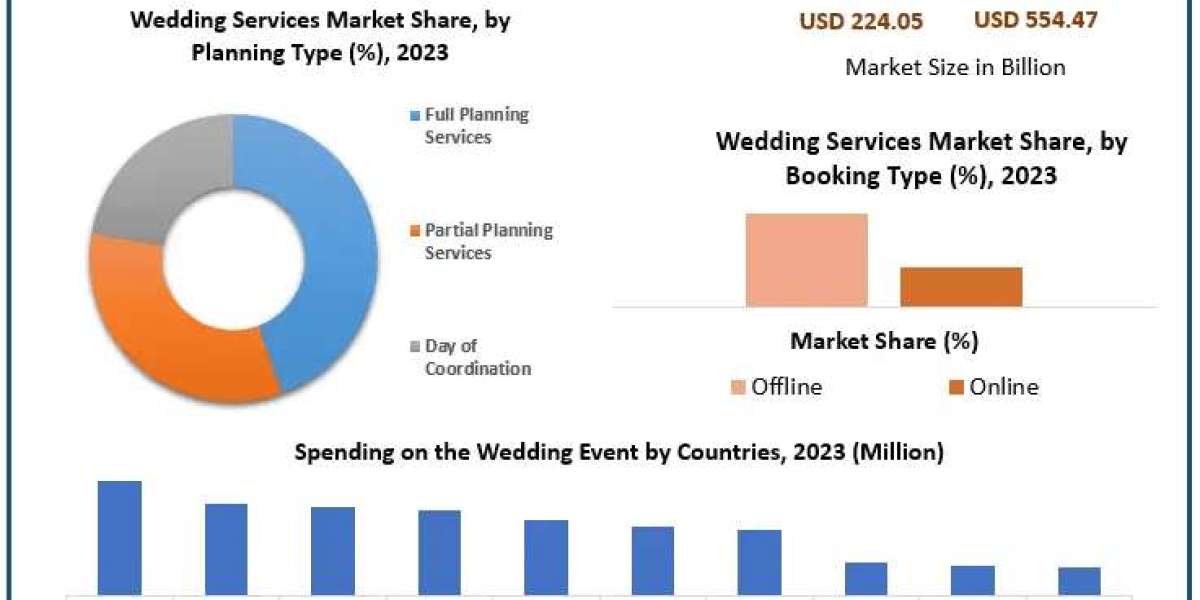In today's digital age, data security is of paramount importance, and hardware encryption plays a crucial role in protecting sensitive information from unauthorized access and cyber threats. The global hardware encryption market size was approximately USD 321.08 million in 2023. The market is estimated to grow at a CAGR of 18.7% in the forecast period of 2024-2032, reaching a value of around USD 1,502.02 million by 2032. This rapid growth can be attributed to the increasing demand for robust data protection solutions across various industries, as well as the need to comply with stringent data privacy regulations.
The evolution of hardware encryption technologies has been driven by the ever-increasing need for faster, more secure, and more flexible encryption solutions. From the early days of dedicated encryption chips to the advent of field-programmable gate arrays (FPGAs), the hardware encryption landscape has undergone significant transformations, each iteration bringing new capabilities and addressing the limitations of its predecessors.
II. Dedicated Encryption Chips
The early developments in hardware encryption can be traced back to dedicated encryption chips, which were designed specifically for implementing cryptographic algorithms in hardware. These chips were tailored to perform encryption and decryption operations at high speeds, offering superior performance compared to software-based encryption solutions.
A. Advantages of dedicated encryption chips
1. High-speed encryption performance: Dedicated encryption chips were optimized for specific algorithms, allowing them to achieve exceptional encryption and decryption speeds, crucial for real-time applications and high-throughput environments.
2. Specialized hardware for specific algorithms: Each dedicated chip was designed to implement a specific encryption algorithm, ensuring optimal performance and efficiency for that particular algorithm.
3. Tamper-resistant and physically secure: These chips were often equipped with physical security features, such as tamper-resistant packaging and secure key storage, making them highly resistant to physical attacks and unauthorized access.
B. Limitations of dedicated encryption chips
1. Inflexibility and lack of adaptability: Dedicated encryption chips were limited to the specific algorithms they were designed for, making them inflexible and unable to adapt to new or updated encryption standards or algorithms.
2. High development and manufacturing costs: The design and production of dedicated encryption chips required significant investment in research, development, and manufacturing, resulting in high costs, especially for low-volume applications.
3. Limited scalability and upgradability: Once manufactured, dedicated encryption chips could not be easily modified or upgraded, limiting their scalability and reducing their longevity in the face of evolving security requirements.
III. Field-Programmable Gate Arrays (FPGAs)
The limitations of dedicated encryption chips paved the way for the adoption of field-programmable gate arrays (FPGAs) in hardware encryption solutions. FPGAs are integrated circuits that can be programmed or reconfigured after manufacturing, offering unparalleled flexibility and adaptability.
A. Introduction to FPGAs and their capabilities
FPGAs consist of an array of programmable logic blocks and interconnects that can be configured to implement digital circuits and perform various computational tasks. Their reconfigurable nature allows them to be reprogrammed for different applications, making them highly versatile and adaptable.
B. Advantages of FPGAs for hardware encryption
1. Flexibility and reconfigurability: FPGAs can be reprogrammed to implement different encryption algorithms or updated versions of existing algorithms, providing flexibility and adaptability to changing security requirements.
2. Parallel processing capabilities: FPGAs excel at parallel processing, allowing them to perform multiple encryption operations simultaneously, resulting in higher throughput and improved performance.
3. Scalability and upgradability: As encryption needs evolve, FPGAs can be reconfigured or upgraded with new designs, extending their lifespan and scalability.
4. Lower development and manufacturing costs: Compared to dedicated encryption chips, FPGAs have lower development and manufacturing costs, especially for low-volume applications or prototyping.
C. Implementing encryption algorithms on FPGAs
1. Hardware Description Languages (HDLs): Encryption algorithms are typically implemented on FPGAs using Hardware Description Languages (HDLs) such as Verilog or VHDL, which describe the digital circuits at a high level of abstraction.
2. Intellectual Property (IP) cores: Many FPGA vendors and third-party providers offer pre-designed and optimized IP cores for various encryption algorithms, simplifying the implementation process and reducing development time.
3. Design optimization and trade-offs: FPGA designs for encryption algorithms often involve trade-offs between performance, resource utilization, and power consumption, requiring careful optimization and consideration of application-specific requirements.
IV. Comparing Dedicated Chips and FPGAs for Hardware Encryption
A. Performance considerations
While dedicated encryption chips often outperform FPGAs in terms of raw encryption speed for specific algorithms, FPGAs can leverage parallel processing and hardware acceleration techniques to achieve competitive performance, especially for bulk encryption and high-throughput applications.
B. Cost and development time
FPGAs generally have lower development and manufacturing costs compared to dedicated encryption chips, particularly for low-volume applications or prototyping. However, the development time for FPGA-based encryption solutions may be longer due to the complexity of HDL programming and design optimization.
C. Flexibility and adaptability
FPGAs excel in flexibility and adaptability, allowing for easy reconfiguration and updating of encryption algorithms, while dedicated encryption chips are limited to their specific algorithms and cannot be easily modified.
D. Physical security and tamper resistance
Dedicated encryption chips often have built-in physical security features, such as tamper-resistant packaging and secure key storage, which can be more challenging to implement on FPGAs. However, modern FPGAs offer various security features, including secure boot, bitstream encryption, and secure enclaves, to enhance physical security and tamper resistance.
V. Use Cases and Applications of FPGA-based Hardware Encryption
A. Network security and data encryption
FPGAs are widely used in network security appliances, such as firewalls, VPNs, and intrusion detection/prevention systems, where high-speed encryption and decryption of network traffic is essential.
B. Cloud computing and data center security
In cloud computing and data center environments, FPGAs are employed for secure data storage, transmission, and processing, providing hardware-accelerated encryption and decryption capabilities.
C. Financial services and payment processing
The financial services industry relies on FPGA-based hardware encryption solutions for secure transactions, payment processing, and protection of sensitive financial data.
D. Government and military applications
Government and military applications demand the highest levels of data security, and FPGAs are often used in secure communications, cryptographic key management, and classified data protection systems.
E. Industrial control systems and critical infrastructure
FPGAs are increasingly being used in industrial control systems and critical infrastructure, such as power grids and transportation networks, to secure communication channels and protect against cyber threats.
VI. Challenges and Limitations of FPGA-based Hardware Encryption
A. Design complexity and expertise required
Implementing encryption algorithms on FPGAs requires expertise in HDL programming and digital circuit design, which can be a significant challenge, especially for complex algorithms or resource-constrained applications.
B. Power consumption and thermal management
FPGAs can consume more power and generate more heat than dedicated encryption chips, necessitating careful power and thermal management considerations, particularly in embedded or mobile applications.
C. Secure key management and storage
Proper key management and secure key storage are critical in hardware encryption solutions, and FPGAs may require additional hardware or software components to ensure the secure handling and protection of cryptographic keys.
D. Verification and validation of FPGA designs
Verifying and validating the correct implementation of encryption algorithms on FPGAs can be a complex and time-consuming process, requiring rigorous testing and validation methodologies to ensure the security and reliability of the design.
VII. The Future of Hardware Encryption
A. Emerging trends and innovations
1. Quantum-resistant encryption algorithms: With the potential threat of quantum computing to existing encryption algorithms, research is underway to develop quantum-resistant encryption algorithms that can be implemented on hardware platforms like FPGAs.
2. Homomorphic encryption and secure computation: Homomorphic encryption and secure computation techniques enable computations to be performed on encrypted data without decrypting it, providing enhanced security and privacy. FPGAs are being explored as potential accelerators for these computationally intensive operations.
3. Hybrid hardware/software encryption solutions: The future may see the integration of FPGAs with other hardware components, such as CPUs and GPUs, as well as software-based encryption solutions, creating hybrid systems that leverage the strengths of each technology.
B. The role of FPGAs in future hardware encryption implementations
FPGAs are expected to play a significant role in future hardware encryption implementations due to their flexibility, reconfigurability, and ability to adapt to new encryption standards and algorithms. Their parallel processing capabilities and hardware acceleration features make them well-suited for high-performance and low-latency encryption applications.
C. Potential impact on various industries and applications
The continued evolution and adoption of FPGA-based hardware encryption solutions will have a profound impact on various industries and applications, including cloud computing, financial services, government and military operations, industrial control systems, and emerging technologies like the Internet of Things (IoT) and 5G networks, where robust data security is paramount.







